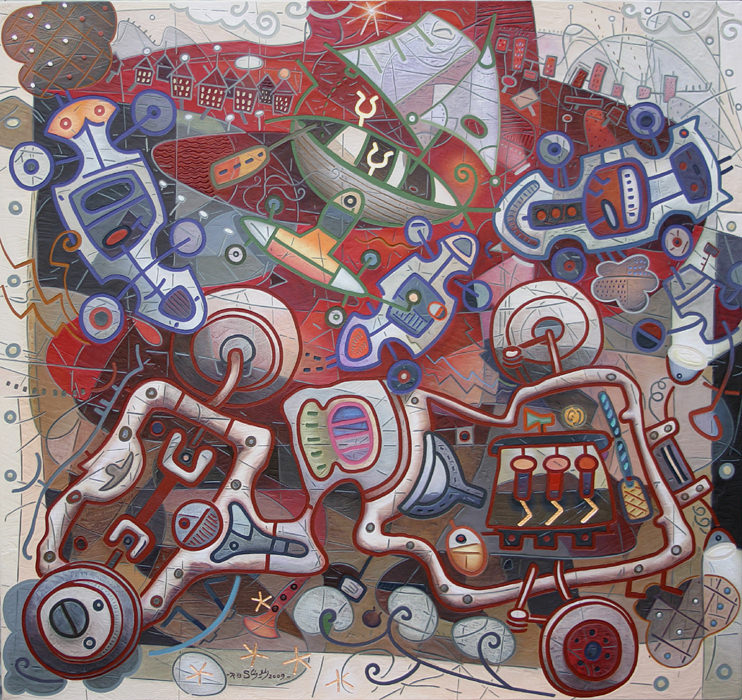Foam etc.
The nice thing about shampoo is the foam it produces. When it doesn't, we usually add a little more to froth things up - because foam is a very pleasant part of the procedure. This said, as our thoughts spark off in all directions under the shower, how many of us ever wonder why shampoo foams at all? Foaming agents is the answer. If you're using an eco-friendly shampoo, there's a chance that one of these agents is saponin, an organic chemical found in plants - notably in a plant commonly known as soapwort, soapweed, crow soap or even wild sweet William. Though native to Europe, soapwort grows naturally in many parts of the world, usually in open undisturbed places which many of us would qualify as 'overgrown': on the sides of riverbanks, on roadsides, in fields, in pastures, in rundown gardens and on abandoned home sites. It's the kind of plant we tend to ignore, although scientists are developing a keen interest in it. This is because, besides producing foam, saponins have several biological activities that could be of therapeutic interest. For this reason, a lot of effort has been put into understanding how plants synthesize saponins. It turns out that they are the end product of a metabolic pathway which involves fourteen steps and as many enzymes.




